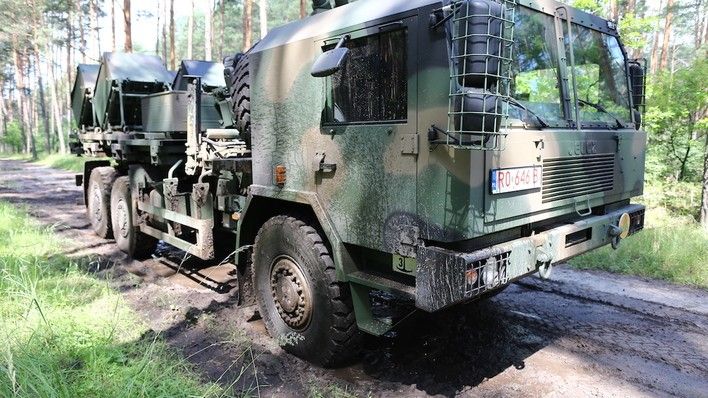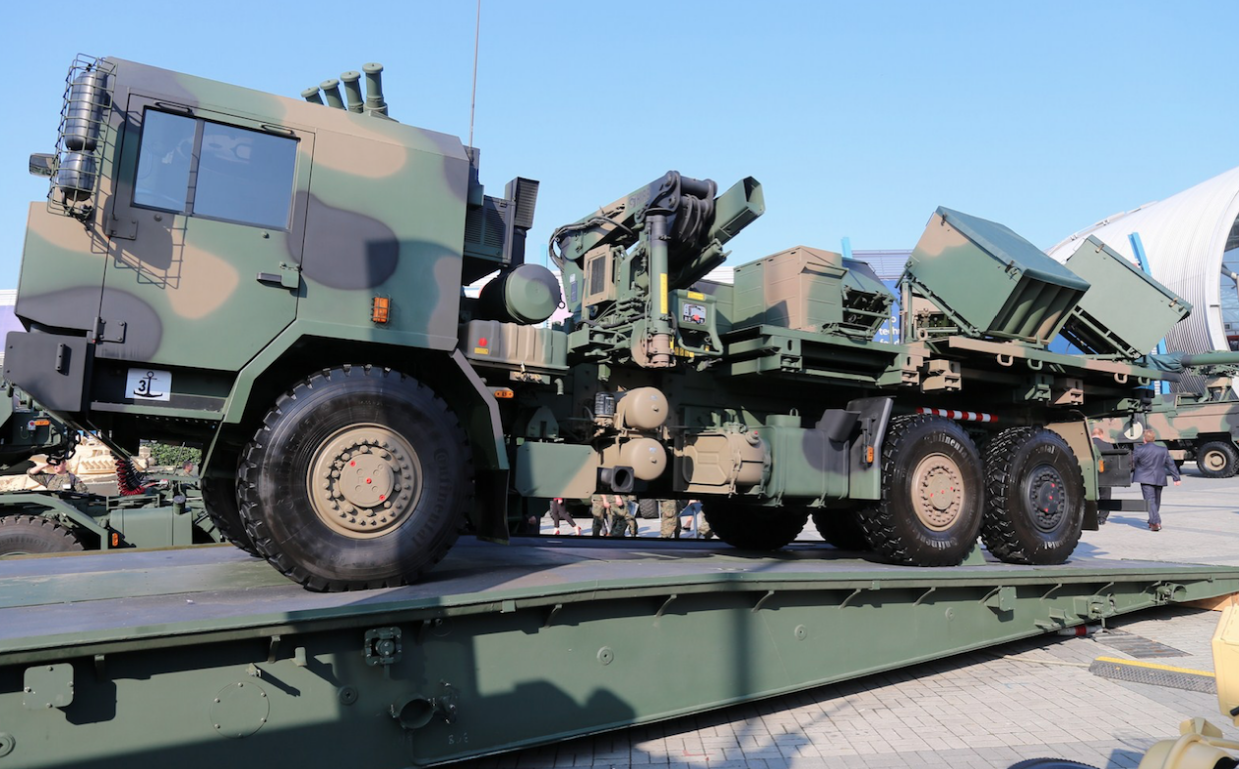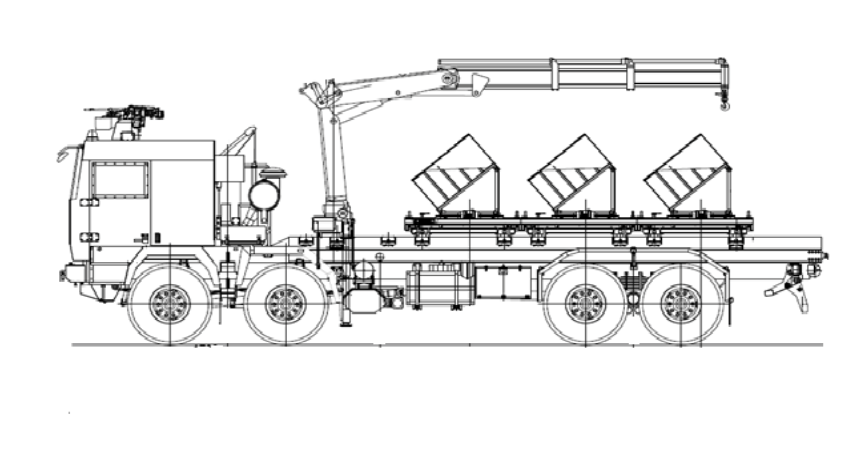Polish Military To Receive a Modern Scattered Minelaying Solution. Baobab System - Agreement Concluded

Consortium led by HSW has signed an agreement, concerning the implementation of another stage of development study pertaining to the Baobab-K scattered minelaying platform. A prototype vehicle, along with the system’s technical documentation are going to be created, on the basis of the aforesaid contract.
As announcement issued by the HSW company reads, the agreement was concluded on Friday, 28th December, at the Armament Inspectorate of the Polish MoD. The consortium, alongside HSW (leader), also includes other members of the PGZ Group, including JELCZ Sp. z o.o, BELMA S.A. and Bydgoszcz Based Military Institute of Engineering Technology. Performance of the design and development stage of the “BAOBAB-K Scattered Minelaying Vehicle” is the subject of the agreement. The value associated with the contract has been defined as PLN several million.
The announcement stresses the fact that the consortium would be tasked with creating a prototype of the vehicle. As a result, an 8×8 vehicle with 6 mine launchers, armoured cabin and automated scattered minelaying management system is to be created. The vehicle will also feature smoke grenade dispensers and laser warning receivers. The prototype is to be ready in 3 years.
Implementation of the PMN project serves as an example of HSW’s ability not only to successfully implement projects for artillery or missile units, or armoured and mechanized units, as the company also takes the requirements of other components of the military into account - here, the engineering elements.
Apart from preparing a prototype (preceded by a model), the scope of the agreement also covers creation of the technical documentation of the product (last stage of work). In practical terms the above translates into preparation of production of a new scattered minelaying system for the Polish military.
At the moment, the procurement procedure pertaining to implementation of the design and development stage of the Baobab-K programme is the fourth procedure in a row within that scope. During the first procedure, initiated in August 2015, all requests filed have been rejected, while the second process began in November that year. The third procedure launched in 2017 failed, due to the pricetag associated with the offer, exceeding PLN 28 million. The documents related to the current proceedings have been published by the Armament Inspectorate of the Polish MoD in early May this year.
Successful finalization of the development study and then, introduction of this system into production, shall have a major reinforcing impact on the capabilities of the engineering units and, if decisions as such are made, of the Territorial Defence Forces, within the scope of rapid scattered minelaying. This, on the other hand, makes it possible to hamper or stop the movement of enemy armoured units within the given area.

At the moment the Polish Army has only a minor quantity of the Kroton mine-layers at its disposal. These are based on a tracked chassis. HSW has been showcasing its Baobab system in a number of variants since some time now. For instance, during the MSPO 2016 event, the vehicle has been based on the Jelcz P.662 platform with four mine dispensers, while the first vehicle prototype was being showcased in Kielce back in 2007.

According to the Product Description Card that had been earlier shared by the Armament Inspectorate, the PMN platform is destined to create minefields with the use of the MN-123 mines. Baobab-K shall be placed on a 8x8 platform with an armoured Level 1 protection cabin, with electrically controlled mine launching systems (also at level 1 of ballistic protection) and a hydraulic launcher deployment making it possible to automatically go from transport to combat setting and vice-versa.
Jakub Palowski
